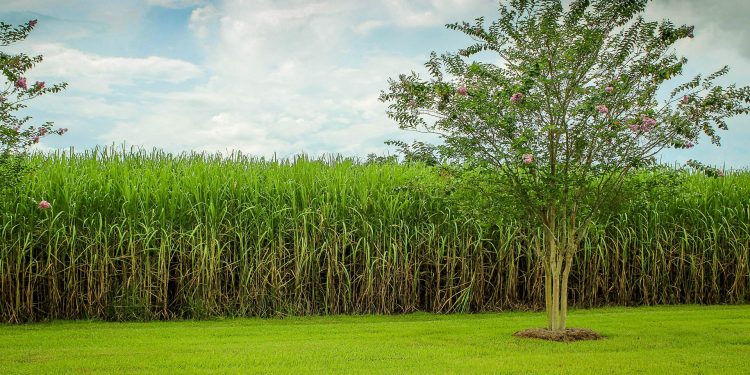300 Children Fall Ill Due To Burning Of Sugarcane Wastes

Burnt To The Ground
Taking the cue from the Delhi smog incident which stemmed from the burning of paddy straw in neighbouring states of Punjab and Haryana, the Karnataka government introduced the ‘smoke management strategy’ in December 2016. There was initial contemplation on the imposition of a blanket ban on burning sugarcane residue, however, the key idea was first to succeed in the creation of awareness and motivation for farmers to stop burning their residues. The government hoped to stop pollution levels from soaring further. So following through with the notion in mind, the government had issued a diktat asking farmers to stop burning sugarcane thrash in the fields.
No Mystery!
For more than 300 students of Saraswati Shishu Mandi School located in Shamli, the daily route to school involved passing a stretch of land used by the sugarcane mill to destroy their waste with the help of some chemicals. Tuesday morning revealed the perilous effects of the sugar cane mill activity when at least 2 dozen students fainted with the remainder complaining of stomach ache, nausea, uneasiness and an itchy and burning sensation in their eyes. The affected students were rushed to district hospitals, few of which were referred to hospitals in Muzaffarnagar and Meerut. Their condition is believed to be stable and no casualties were reported. The cause was no mystery as locals wasted no time in pointing fingers towards the sugar mill!. It was no secret that the employees used to discharge chemicals in waste dumps leading to the emission of harmful gas which was regrettably inhaled by the children. The sugar mill has been reportedly sealed off and chief minister Yogi Adityanath has also asked the police to investigate the case.
Solutions
Sugar cane residue refers to leafy extraneous material and stalk tops that remain after the cane is cut and transported to sugar factories. Approximately 50 lakh tonnes is burnt by farmers during the harvest season. The colossal amount of potent smoke and ash generated from such fires additionally poses health hazards difficult to assimilate. Such residue would be better put to use if the technology is implemented to convert the waste into manure. Importantly farmers should be aware that the cane residue is a valuable organic matter that should be incorporated and returned back to the soil. Such would lead to an increased cane yield and improved soil sustainability. Farmers should hire tractor-mounted cane thrash shredders to convert thrash into organic manure. With further help and support from the government such waste products can be recycled and reused in a cost-effective way, as well as evading tragedies caused by inconsideration of industries on an expedition to get rid of their waste by any means possible!




